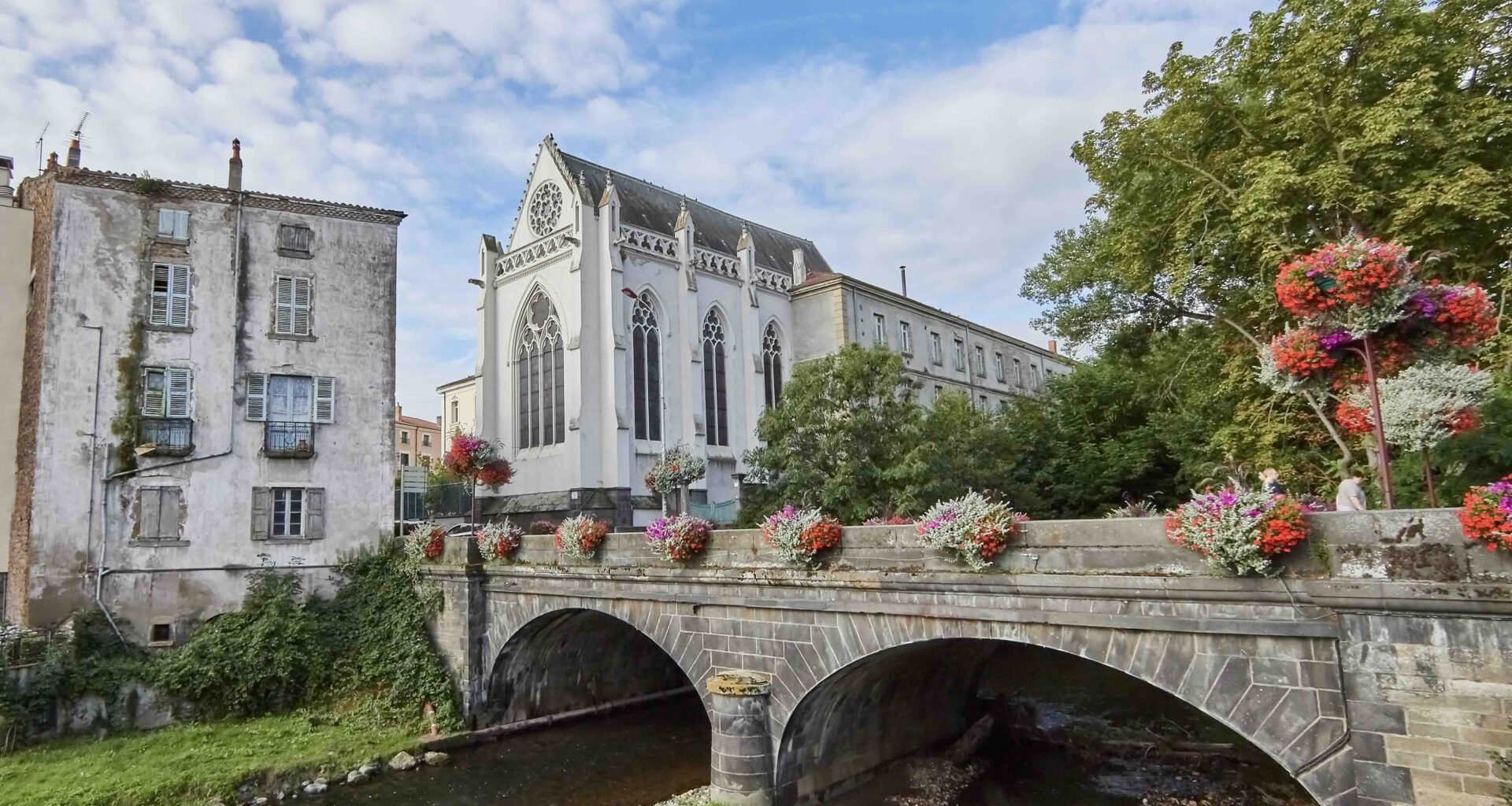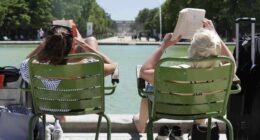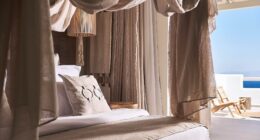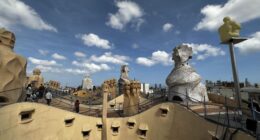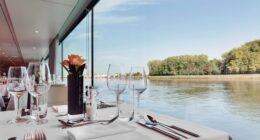Photo: Evan Frank / Shutterstock
Commissions may be earned from LuxuryEurope’s affiliate partner links.
“What do you know about Gabriella Chanel?” was a simple enough-sounding question. But since my editor never asks simple questions, I was on my guard. Honestly, I didn’t know the woman, but I wasn’t going to tell him that. I needed to hedge until I knew where this was going.
“I know of Chanel N°5, the eponymously named fragrance for women,” I offered, showing off my vocabulary while I searched my mind for an elusive bit of information. “Coco,” I added, and then, having remembered who it was named after, shut up. No need to confirm my ignorance by babbling on.
He beamed. “You do know of her, good. It will make this assignment easy for you. I want an article on Ms Chanel by Friday.” He was gone before I could think of a reason why I was too busy to do it.
And so begins another odyssey…
On the Hunt for Coco Chanel in Auvergne, France
The Auvergne is the least populated region of France. It is a fertile, rural breadbasket for the rest of the country. Lush, green wheat fields are checker-boarded with the bright yellow fields of rapeseed in the lowlands, while the hillside fields host herds of white beef cattle and sheep. Dotted throughout are centuries-old fortified farmhouses, and over 500 chateaus and castles. Picturesque villages and a few small cities pop up to complete this beautiful landscape.

The Bourbons, a family responsible for producing more French monarchs than any other, settled in the Auvergne region, lending no little prestige to the towns and villages throughout the area. Gabriella Chanel, aka Coco Chanel, spent her formative years in the Auvergne region of France. I decided to spend a week traveling around the area and learning more about Coco Chanel’s Auvergne Roots.
Clermont-Ferrand is the largest city in Auvergne. It has both a good airport and a train station. I know because I arrived by train and left by plane. Both were comfortable and convenient.
Looking for ‘Coco’ Clues
It turns out not much is really known about Coco’s time in the region. Little bits of information kept popping up, though, such as the fact that in Clermont-Ferrand, the grandparents of Coco Chanel sold socks on the Place de la Victoire. But there was not much family history of any substance. Still, it was a beautiful city to walk around.
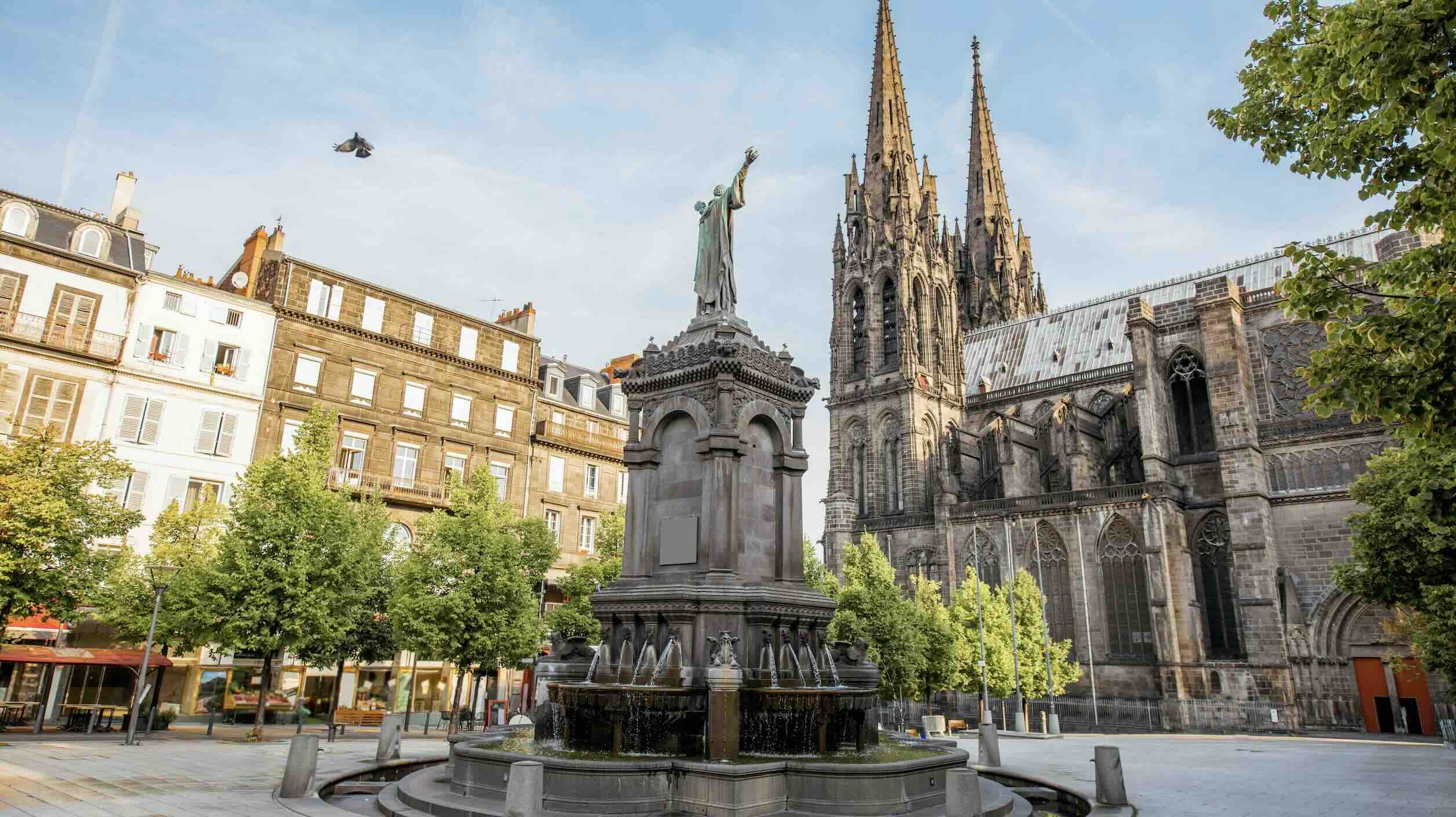
My whole week went this way, traveling from town to town gleaning the little bits of history that made up Ms Chanel’s early years. I learned more about French history than Chanel.
The ancient Roman and Gallic presence throughout the region was very much still in evidence. To the south of Clermont-Ferrand is the village of Issoire, in the area known as the ‘Tuscany of the Auvergne’ for the delicate light in the rolling countryside. The Chanel family lived here for a while in two different houses, remarkable for the second being simpler and plainer than the first.
Where Coco Came From
Next, I toured the town of Courpière. Coco Chanel’s mother was originally from this little village of the Puy-de-Dôme, and it’s where Gabrielle Chanel spent the largest part of her childhood. The Puy-de-Dôme is a stunning area surrounded by over 80 dormant volcanoes. It is amazing to be in blooming fields that fade into the distant hills and see a snow-capped spine of mountains above them. It really is a beautiful country.
History is all around us, especially when traveling in Europe. I continued on to Varennes-sur-Allier. That’s when I was reminded of my early school years studying Latin. We translated Julius Caesar’s writings as an exercise. Here I was walking through my old Latin textbook, “All Gaul is divided into three parts…,” seeing in my mind’s eye the remains of the Gallo-Roman époque of French history smothering the village in antiquity.
I walked outside the four levels of embattlements, along the old moat, surprised at how much remained. Here was the gate Louis XIV used when sneaking out to visit his mistress, there was a ripple in the running water where the bridge across the moat used to stand.
The Historic Monuments of Moulins
Over there was the site of an old mill that harnessed the protecting waters to grind the flour the region is famous for. There were pieces of history peeking out of backyards and gardens, as the ancient terraces of the city walls survive in the lives and homes of the current inhabitants.
Coco Chanel’s aunt had a house in Varennes-sur-Allier. It was through her that she learned to sew, a skill she put to good use in her later life. She was close to her aunt and visited her as often as she could.
From there I traveled to Moulins. It is a city once famous for its mills (‘moulins’ means mill in French) and its beautiful cathedral. Now it is known for the largest costume collection in the world, the National Center of Stage Costume (Centre National du Costume de Scene). It is unusual to have such a prestigious museum in the rural countryside rather than in Paris, but the huge old military camp was vacant for years and the collection needed a home, so what seems like an odd stretch is actually a sensible and very natural solution.
More About Moulins
The National Center of Stage Costume is home to a prestigious collection of 9,000 costumes from three national establishments: the National Library of France (Bibliothèque nationale de France), Arts and Spectacle Dept; the Comédie-Française; and the Paris Opera (Opéra national de Paris).
They mount two shows each year, closing three weeks between them to break down and erect the elaborate sets they create to display a fraction of their collection. The current show is called ‘Couturiers de la danse, de Chanel à Versace’. It contains gorgeous gowns and sometimes bizarre costumes for the great couturiers Chanel and Versace, and the choreographers they designed for.
Le Grand Café is one of the most important historic monuments of Moulins. Its exquisite Art Nouveau décor is preserved from 1899. The walls are all mirrors, multiplying the size of the high-ceilinged interior into an endless series of identical spaces, each with a balcony and stained-glass skylight. It is an amazing sleight-of-hand; or, to be anatomically correct, sleight-of-the-eye, that makes the café seem huge. In the back was a raised stage where entertainers performed.
Seamstress by Day, Singer by Night
Gabriella Chanel worked in Moulins as a seamstress by day, but her ambitions were too grand to settle for that as a life’s work. At first, she fancied herself a singer. Her attempts to gain the spotlight on the stage were stymied by her limited talent. However, she was hired as an interim act, filling in between the ‘stars’ with a trifle from a popular play of the time.
She sang Qui a vu Coco dans l’Trocadéro? (Who has seen Coco in Trocadero?), a song ostensibly about finding her dog, Coco. She went from table to table entreating the gentlemen to help her look, promising affections that (presumably) the dog would return if they would only extend them; caress for caress, kisses for kisses.
Apparently, she was very convincing. Not only did the nickname of Coco stick, but she met an officer from the nearby barracks (now the costume museum) who could help her climb the social ladder and get closer to the quality of life she so strongly desired.
Top Coco Attractions in Moulins
It would be hard to say what my favorite site was in Moulins. There were several. One is a little unusual, but it is a courtyard next to the cathedral with beautiful specimen trees. There’s a museum to one side and a grand 19th-century house that is open to the public, so there are four things to see while standing in one spot.
For art lovers, the famous triptyque of the Vierge en gloire (Virgin in Glory) in a side room of the cathedral is a must-see. I’ve never encountered anything like it. I was first presented with a black and white two-panel painting. Odd for a triptyque, I thought, and so monochromatic. Then they opened the two panels to reveal three spectacularly colorful and beautifully painted panels – a cinqtyque! It was unusual and stunning to view. The painting is known for its depiction of the most beautiful hands, and for the brilliance of the unrestored colors. It took my breath away.
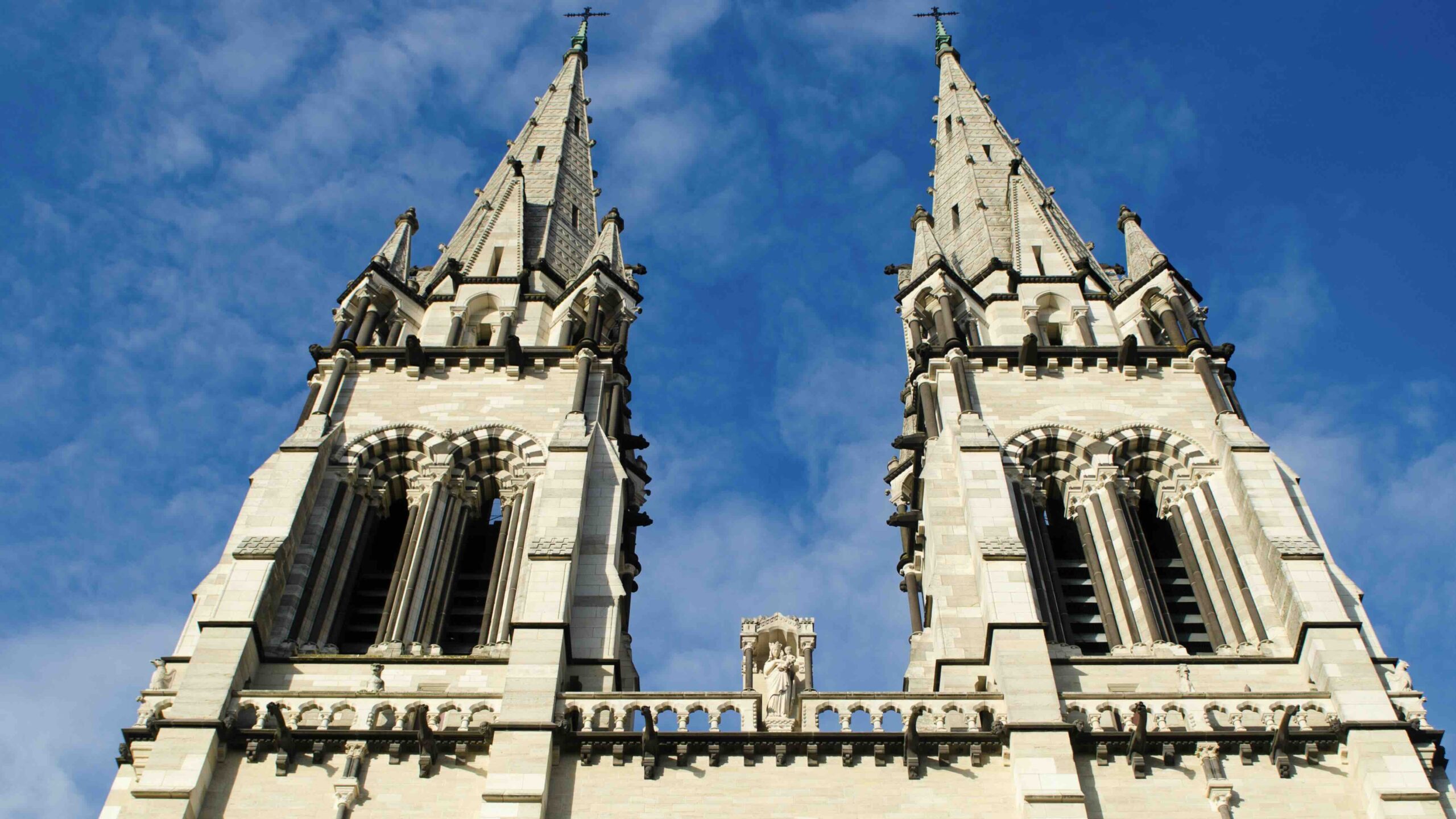
A block or so away was the clock tower, or celebrated belfry of Jacquemart, with a family of four mechanized statues taking turns ringing the bell on the quarter hour. It was nice to see locals as well as tourists stopping to watch the noon “show” when mother, father, son, and daughter all get into the act at once. Moulins is an accessible collection of ancient-to-modern architecture, lovely parks, and nice people. With only 28,000 inhabitants it felt like a place to visit longer. Unfortunately, I could not stay. The Coco Chanel trail beckoned.
The Coco Trail Continues in Vichy
The charming little village of Verneuil-en-Bourbonnais is unusual in that it does not boast a Coco Chanel site. They did have a laundry museum (really!), ancient ruins, an older chapel, and a spare little church. It was a raw cold day on my visit, but I’d love to linger on the old embattlement-lined lanes in better weather. It is a sweet little village, one that someday may join the ranks of the ‘Beautiful Villages of France’. But, I could not linger. The waters of Vichy were next on my itinerary.
Vichy really is a spa town and has been a health destination for 100s of years. There is a huge tree-filled park with a quarter-mile-long covered promenade around it so ladies and gentlemen could walk in all weather. The park itself used to be a swamp, but a noblewoman – in Vichy to “take the waters” – complained to her son that the walking was terrible. That is how Napoleon Bonaparte came to design and layout the streets and parks of Vichy, in the process filling in the swamp so his mother would be more comfortable.
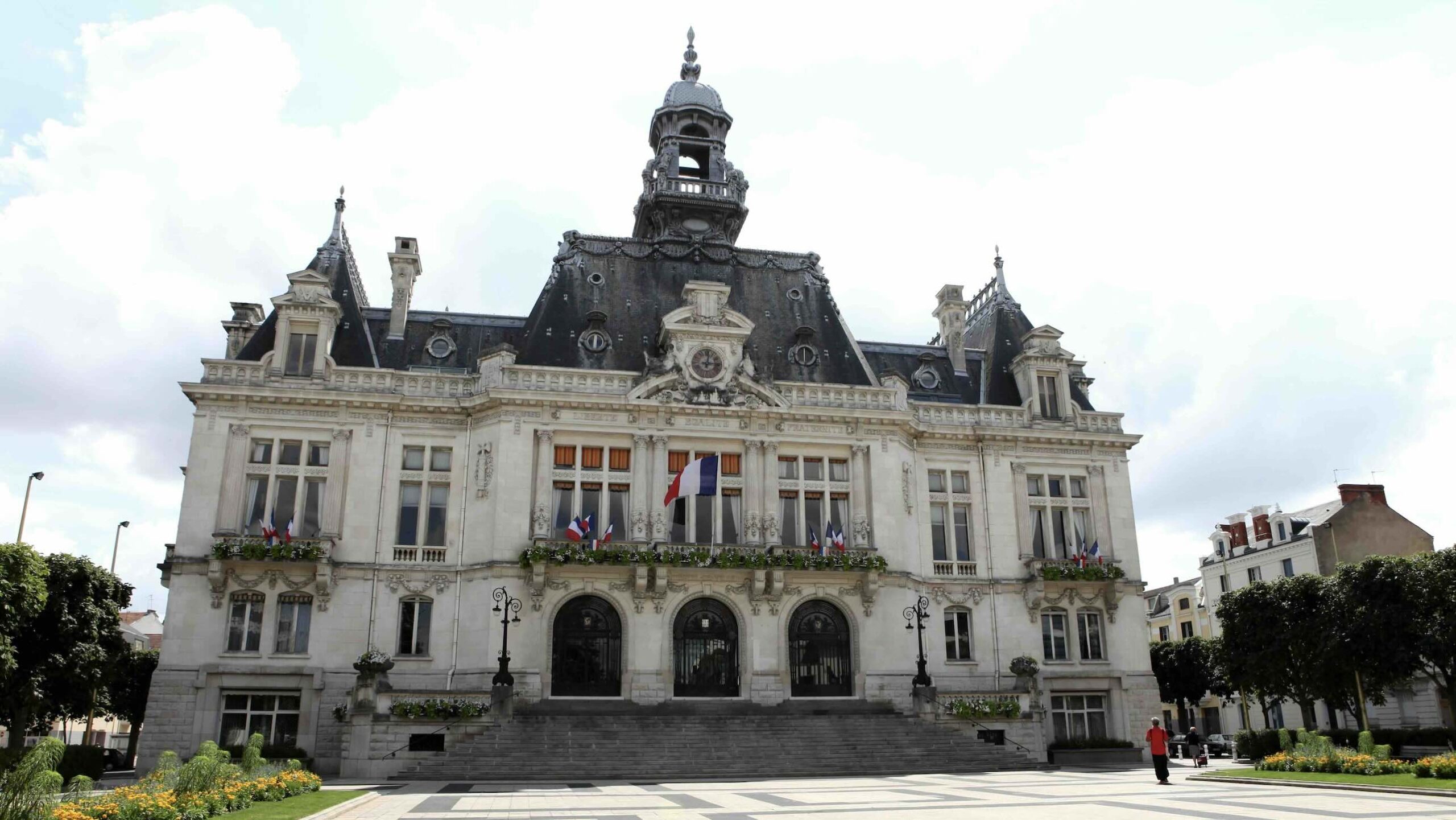
At one end of the park is the Opera House. On the other is a glass pavilion where some of the springs come up. There are banks of faucets for the different waters. Some are for visitors to consume in cups that Coco, during her stay in Vichy, was hired to hand out. Others are by prescription only and can be accessed from an area open only to patients. I passed on the water but stayed to enjoy the striking Art Nouveau architecture.
Coco Chanel first saw the elegant lifestyle the social elite enjoyed when she visited Vichy. That memory set the standard of achievement she aspired to. Her whole life was spent acquiring the wealth and social standing she first admired there. Besides her famous perfume, Chanel N°5, Coco became famous for her timeless clothing designs, including purses, hats, and her iconic ‘little black dress’.
The Prettiest Village in France
Before I left Auvergne, I knew I had to visit Charroux, one of the best places in France to experience that special ‘village’ ambience the French countryside is so well known for. Known as ‘the prettiest village in France’, Charroux is a village of craftspeople, a tourist destination for the specialty shops, as well as the charm.
Several people I spoke to there – folks who bought and restored homes in Charroux, and who claimed a thorough knowledge of France – insist the claim is valid. Charroux is indeed the most beautiful village and an excellent place to live. I enjoyed walking through it, admiring the courtyard gardens and the old stone walls that contained them.
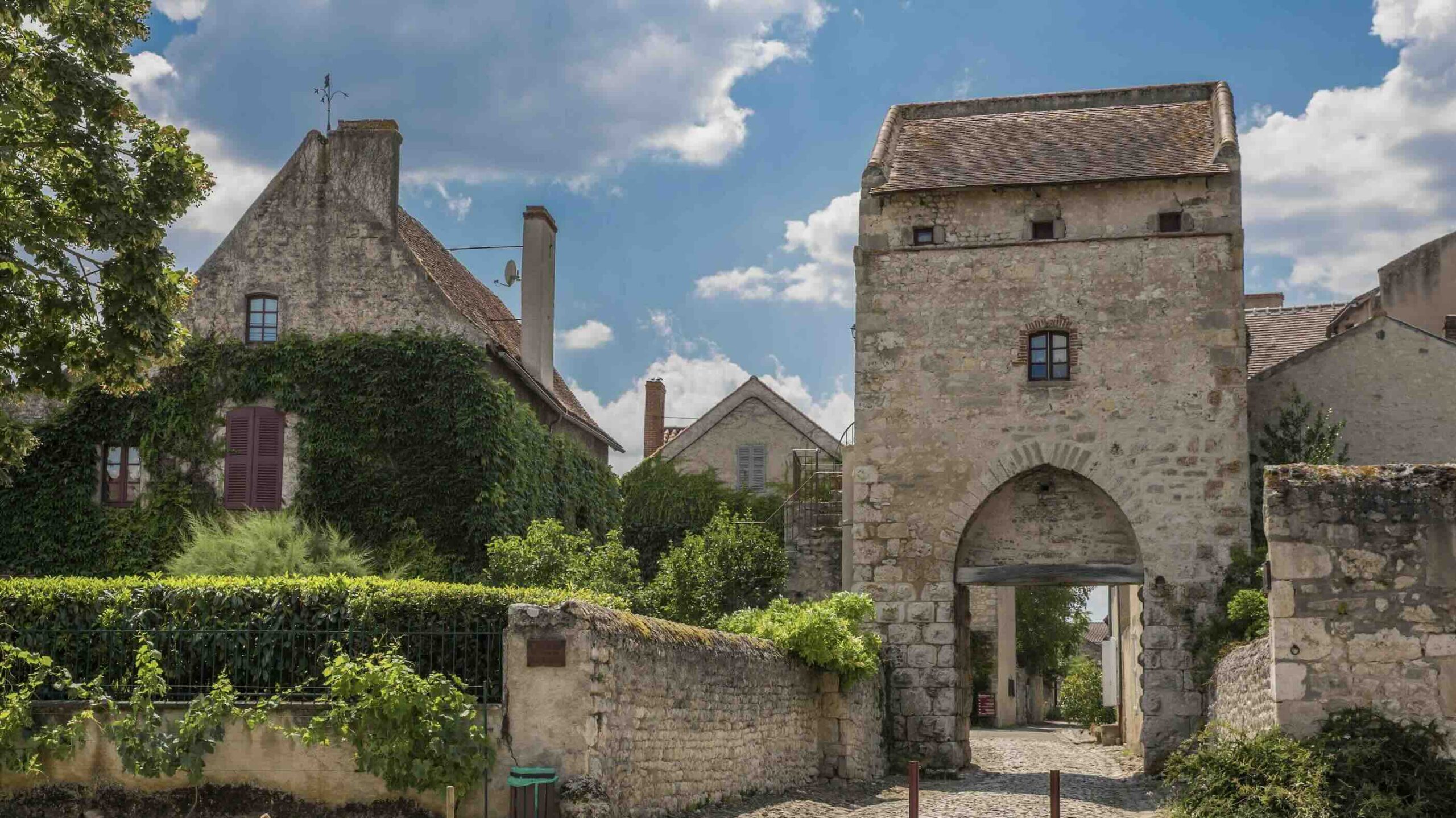
I tasted some fresh-pressed walnut oil and purchased some stone-ground mustard from the man who ground it. There was a chocolate and a pastry shop, too. There were many others, but I only paid attention to those that sold food.
In the ‘unusual facts’ department, I learned there are 300 water wells in Charroux, one for each of the inhabitants of the village. Many were accessible from the street. Each of them had a small boy (or boys) peering into the depths, rattling the chain, turning the wheels, and trying to raise a bucket of water. More compelling nuisances I haven’t seen. I worried about their safety, but no one fell in, and they were all obviously having a good time.
A Word About Rewriting History
It was that kind of trip. With all the things that could go wrong, nothing did. I learned more about Coco than I cared to know and had a great time doing it. I’d forgotten how much I loved France, how beautiful it is, and how nice the people are. I look forward to my return.
But first, I must satisfy my editor’s desire for an article about Coco Chanel in Auvergne, France…
While all of the above I know to be true from personal recollections as told to me by the local guides and people that knew her in each area, famous people have always had a way of influencing the narrative history of their lives. As her fame grew, Gabriella Chanel took pains to whitewash some elements of her past that did not align with the image she wished to project and to be remembered for.
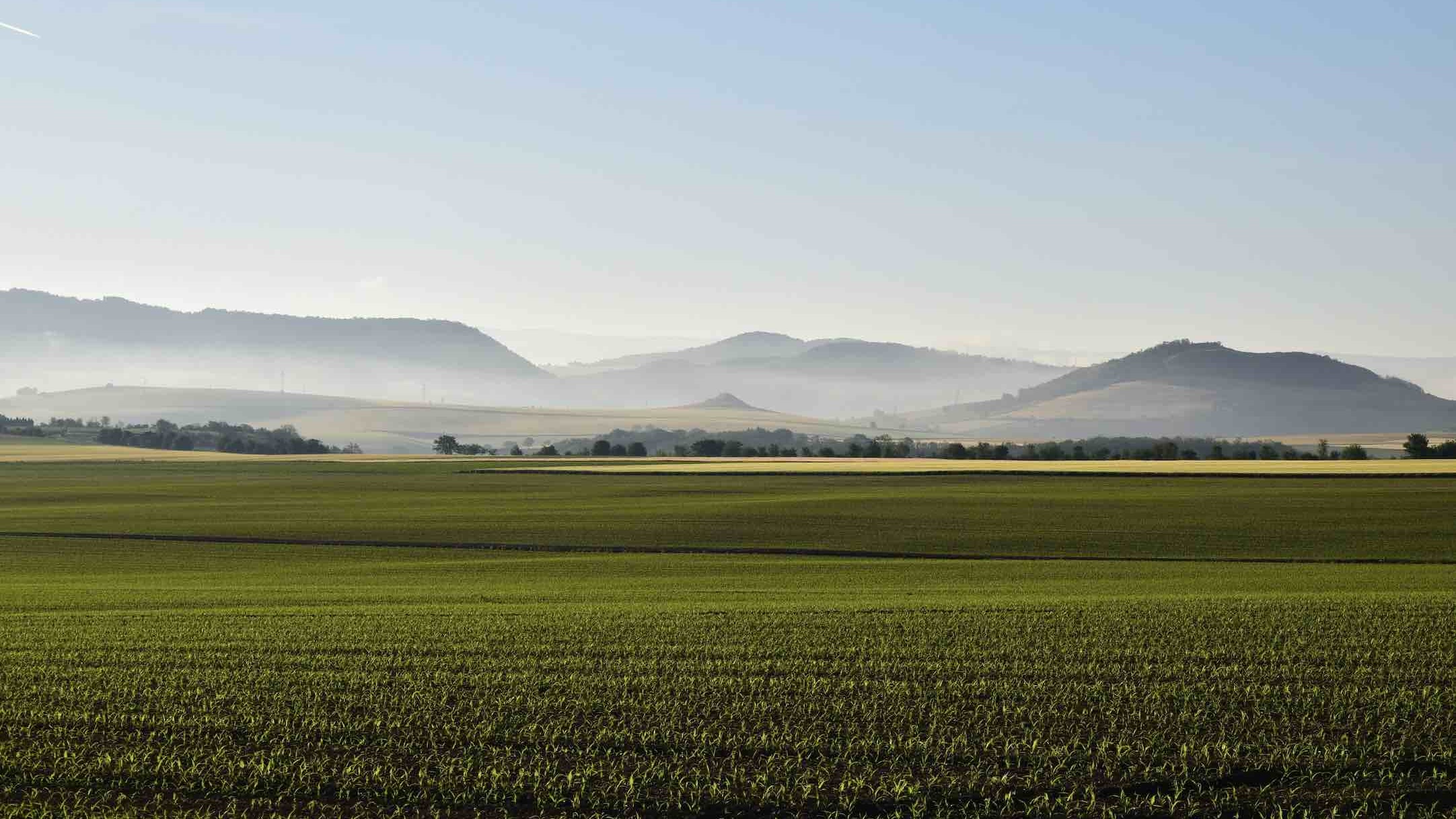
Nowhere in this travelogue of her formative years is there mention of her birth in a poorhouse, or of being sent to a convent-run home for abandoned and orphaned girls when her mother died. And yet these were probably the most formative events that led to her brilliant career. In the end, Coco Chanel lived by this quote attributed to her: “A girl should be two things: classy and fabulous.”
To learn more about Coco Chanel in Auvergne, France, as well as the best things to do in this stunning region of France, visit the official tourism website at www.allier-auvergne-tourisme.com.
For ideas about great accommodations in Auvergne, check out the hotels in these destinations visited by the author on his hunt for Coco Chanel in Auvergne, France:
_______________________
Richard Frisbie, of Hope Farm Press in New York State’s Hudson Valley, writes luxury and soft adventure articles on food, wine, and travel, that appear here and on top travel websites such as OutofTownBlog.com and large circulation trade travel magazines such as Ensemble Vacations, and Vows. Check out his website at https://richardfrisbie.wordpress.com.
